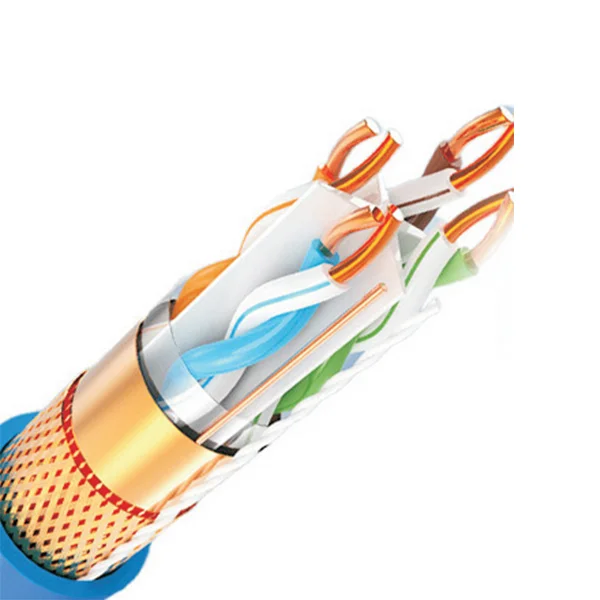When it comes to vehicle safety, few indicators are as critical as the brake system warning light. This small yet significant light on your dashboard serves as a vital communication tool between your vehicle and you, the driver. Ignoring it can lead to severe consequences, including compromised safety and costly repairs. In this article, we will delve into two primary reasons that may trigger your brake system warning light, providing you with a comprehensive understanding of what to look for and how to respond.
- Low Brake Fluid Level
One of the most common reasons for the brake system warning light to illuminate is a low brake fluid level. Brake fluid is essential for the hydraulic brake system to function effectively. It transmits force from the brake pedal to the brake components, allowing your vehicle to stop safely.
Causes of Low Brake Fluid
Several factors can lead to a decrease in brake fluid levels:
- Leaking Brake Lines: Over time, brake lines can develop leaks due to corrosion, wear, or damage. A leak can significantly reduce the amount of brake fluid in the system, leading to a drop in hydraulic pressure and triggering the warning light.
- Worn Brake Pads: As brake pads wear down, the calipers extend further to maintain contact with the rotors. This extension can cause the brake fluid level to drop, as the calipers require more fluid to function properly.
Consequences of Ignoring Low Brake Fluid
Failing to address low brake fluid can result in diminished braking performance, increased stopping distances, and even brake failure. If your brake system warning light comes on due to low fluid, it is crucial to check the fluid level immediately and inspect for leaks or worn components.
- Faulty Brake System Components
Another significant reason for the brake system warning light to activate is the malfunction of critical brake components. This can include issues with the brake pads, rotors, calipers, or even the anti-lock braking system (ABS).
Identifying Faulty Components
- Worn Brake Pads: Brake pads have wear indicators that produce a squealing noise when they are worn down. If these pads are not replaced in time, they can lead to damage to the rotors and trigger the warning light.
- Malfunctioning ABS: The ABS is designed to prevent wheel lock-up during hard braking. If there is a fault in the ABS module or its sensors, the warning light may illuminate. This could indicate a need for a system reset or a more serious issue requiring professional diagnosis.
Risks of Ignoring Component Failures
Neglecting to address faulty brake components can lead to catastrophic failures, including complete brake loss. This not only endangers the driver and passengers but also poses a risk to other road users. Regular inspections and timely replacements of worn components are essential for maintaining brake system integrity.
Conclusion
The brake system warning light is a crucial alert that should never be ignored. Understanding the two primary reasons it may illuminate—low brake fluid levels and faulty brake components—can empower you to take immediate action. Regular vehicle maintenance, including checking brake fluid levels and inspecting brake components, is essential for ensuring your vehicle's safety and performance. If you notice your brake system warning light, consult a qualified mechanic to diagnose and resolve the issue promptly. Remember, proactive measures can save lives and prevent costly repairs down the road.

